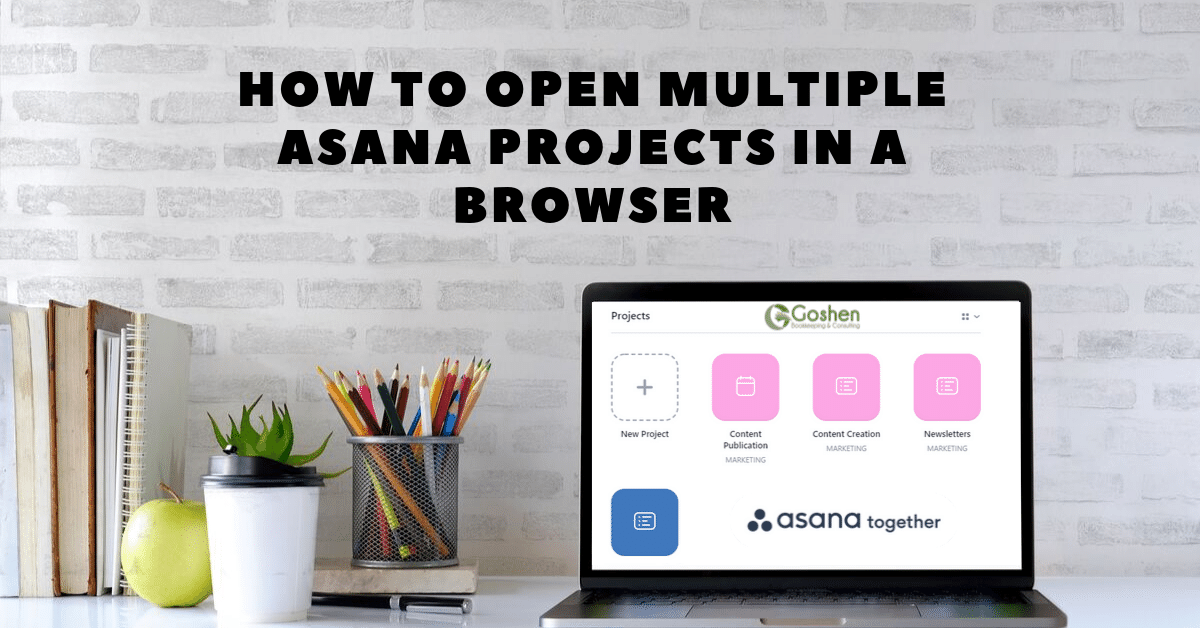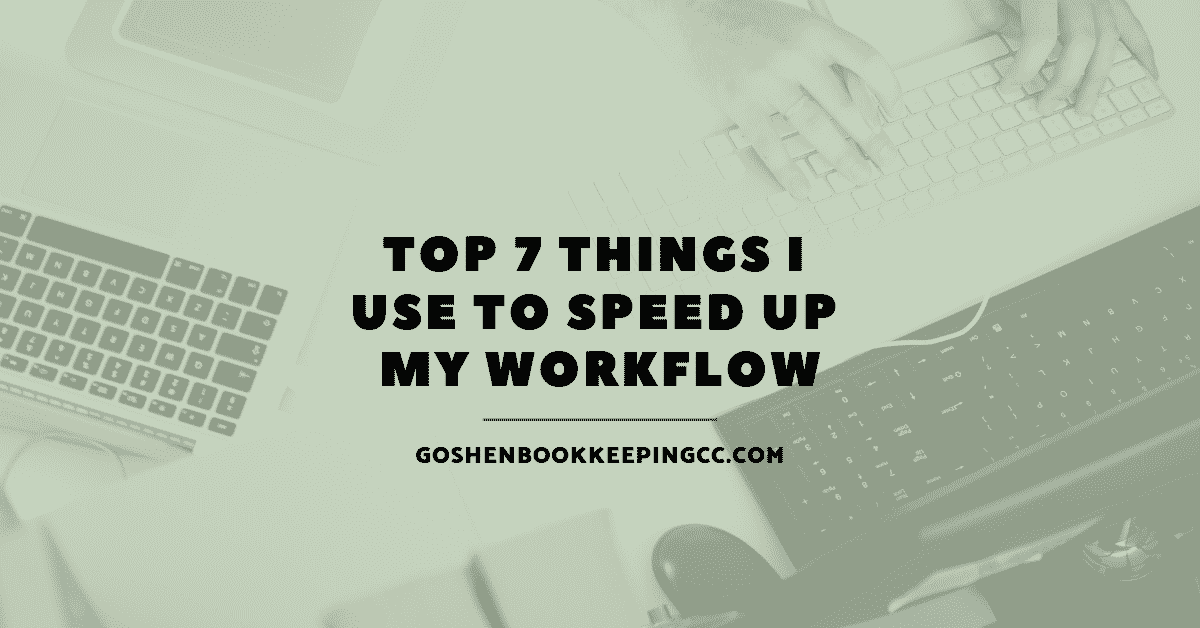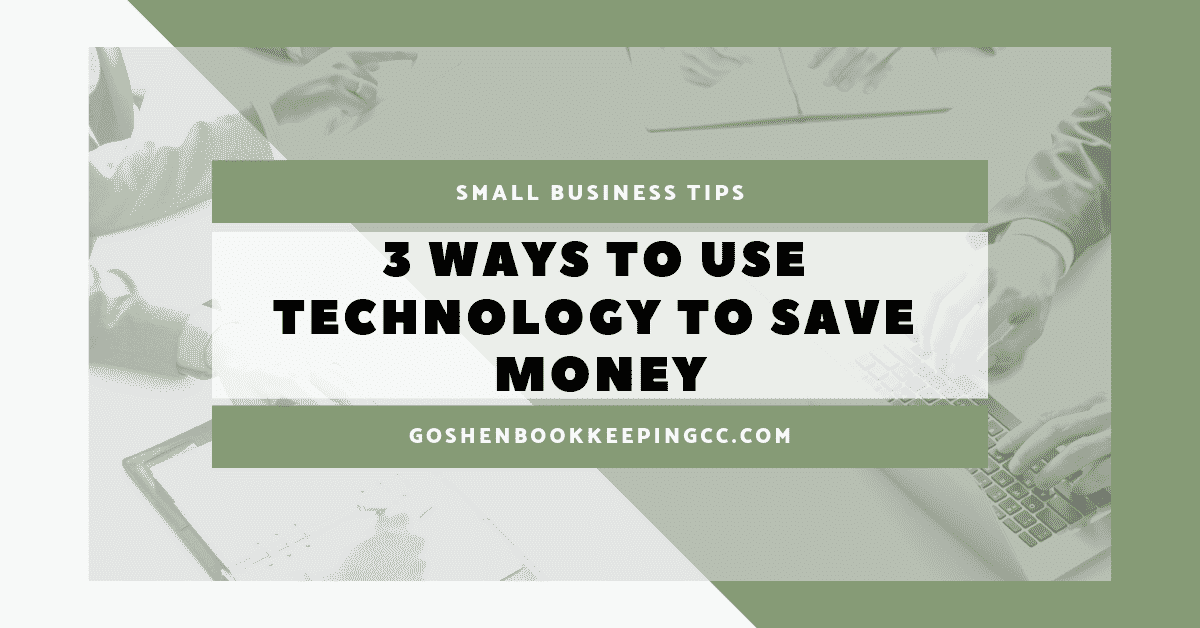First impressions shouldn't only matter during the interview process; it should matter for the first 90 days a new employee joins your organization.
An onboarding checklist should consist of tasks for you, your HR manager, and the new employee to complete within the first 30 days on the job.
At Goshen Bookkeeping & Consulting, I use Asana to complete our onboarding process so I have a streamlined system and nothing gets lost while I am working.
Here are the 7 onboarding best practices you need to know to turn your onboarding process from blah to fantastic, saving you time and boosting employee morale.
1 | Get the New Hire Paperwork Ready
Email the new employee all of their paperwork and employee handbook to complete and review 2-3 days prior to day one on the job.
You can use a secure portal to collect the completed documents from the employee or have them enter all the data themselves into your online payroll system using self-serve.
2 | Give Your Employee the Technology Tools to Succeed
Create and send the email account and the list of passwords they will need to access your data systems using a secure password management tool like LastPass.
Provide the new employee with basic training videos on how to use your technology tools. It looks very unprofessional having your new employee communicate with your team, customers, and vendors using their personal email accounts.
3 | An Open Environment Increases Creativity
Organize a clean workspace and set up the laptop or desktop with at least two monitors for the new employee. Remember time is money so make sure your new employee has the appropriate technology tools they need to be productive on day one.
4 | Help Your New Employee Understand Your Company Culture
Let the new employee spend the first couple of weeks getting to know your company culture, vision and mission statements, leadership team, and staff members. Sit down with the new employee and clearly define and set the job expectations.
Use this opportunity to understand the communication style and personality style of the employee and how best to help them to remain engaged throughout the tenure of their job.
Do not assign them any major tasks to get done during this week. Let them interact with your team and get comfortable with their work environment.
5 | Implement a Staff Mentorship System
Pair the new employee with a staff mentor preferably the one that will train them on how to use your systems and to help them become successful at their job.
The mentorship system will help the new employee get up to speed with your business practices to be efficient in their jobs.
6 | Training is Half the Battle for Success
Provide proper training to the new employee and don't take shortcuts or leave them to figure it out for themselves. I don't care if you are a CEO or a genius, everyone needs training!
Implement a training process to document your workflow process for each core function of your organization.
Asana gives you the ability to have a standardized and resource library to run your business efficiently. Using Asana, you will spend less time recreating the wheel for projects and more time doing strategic work for your business.
7 | Remember To Check-in Every 30 Days
Schedule multiple 30 days follow-ups and check-ins on your calendar to touch base with the new employee to make sure they are performing their responsibilities according to your expectations. Get their feedback on things you can improve with your onboarding process.
Using this onboarding checklist will help your new employee not second guess why they chose to work for you.
Book a Strategy Session with Ufuoma Ogaga to help you implement a fantastic onboarding experience as part of your payroll package.








